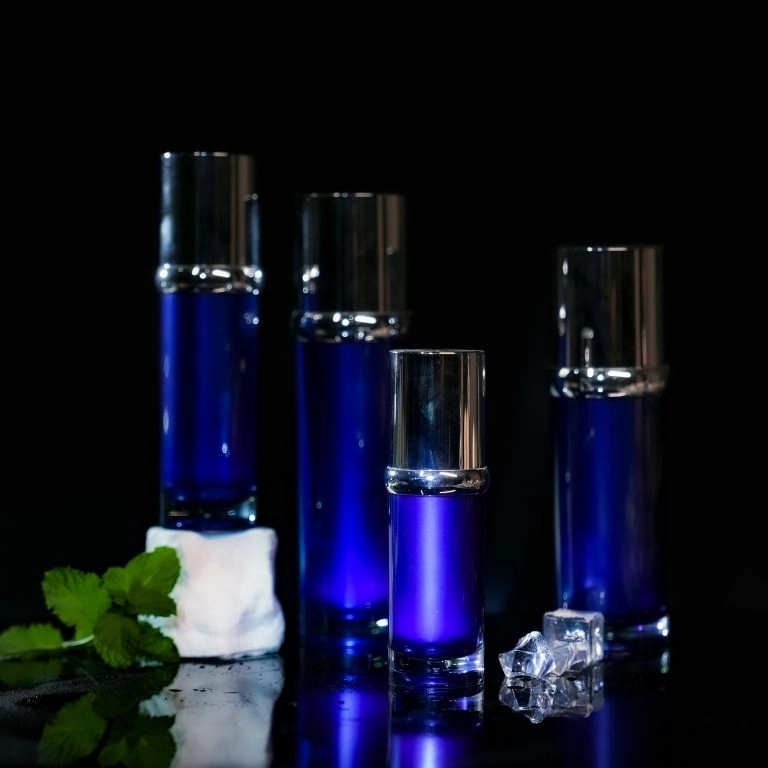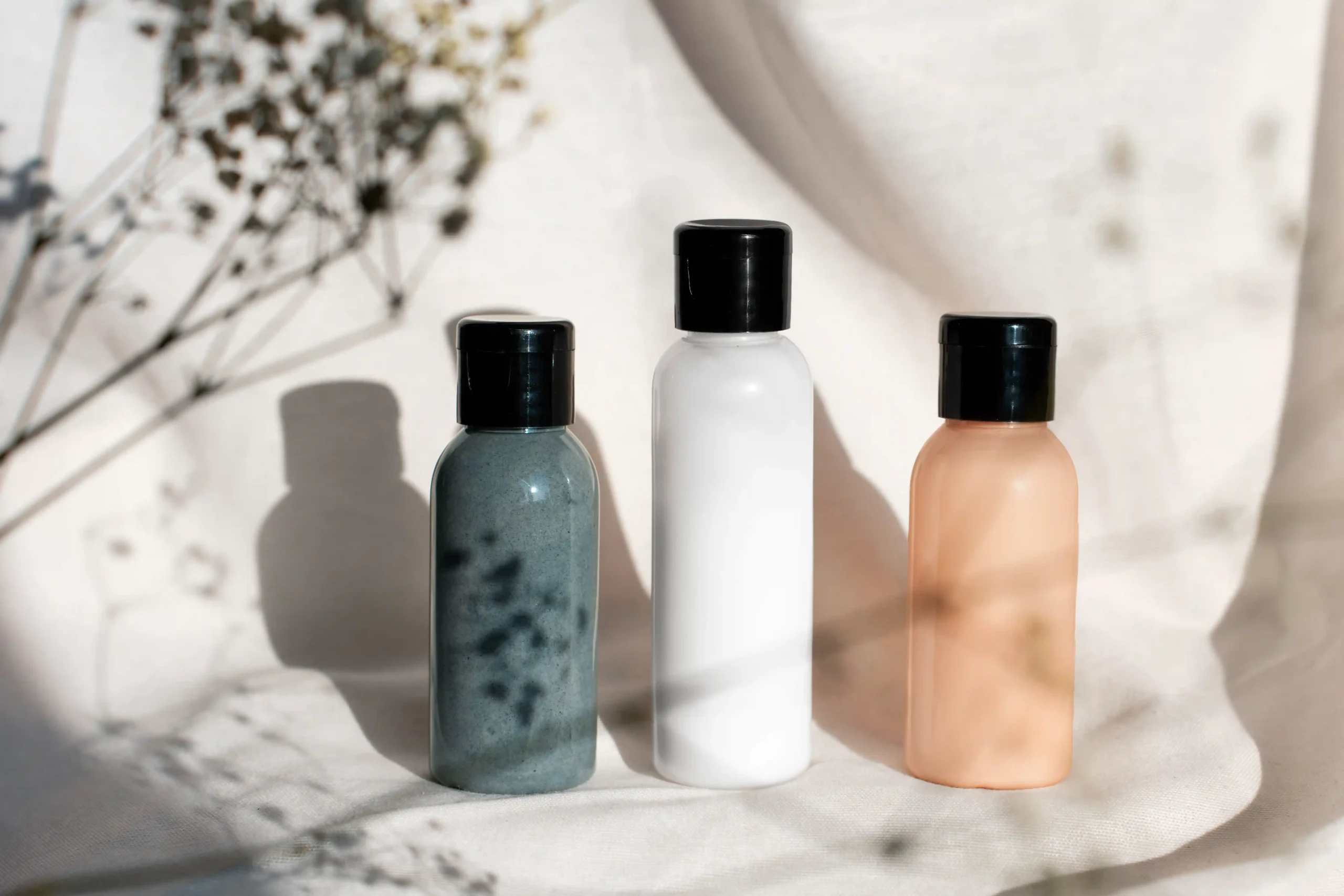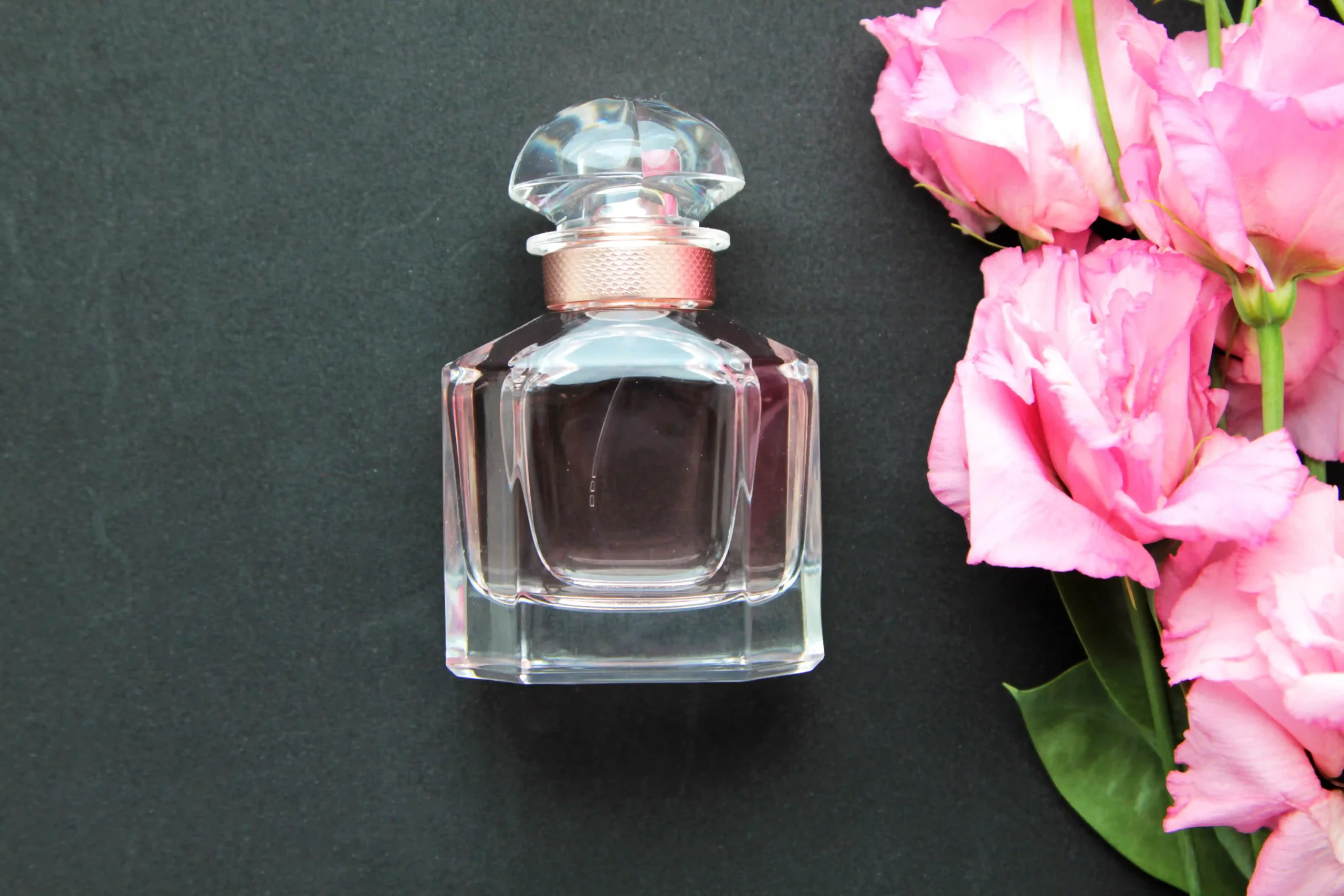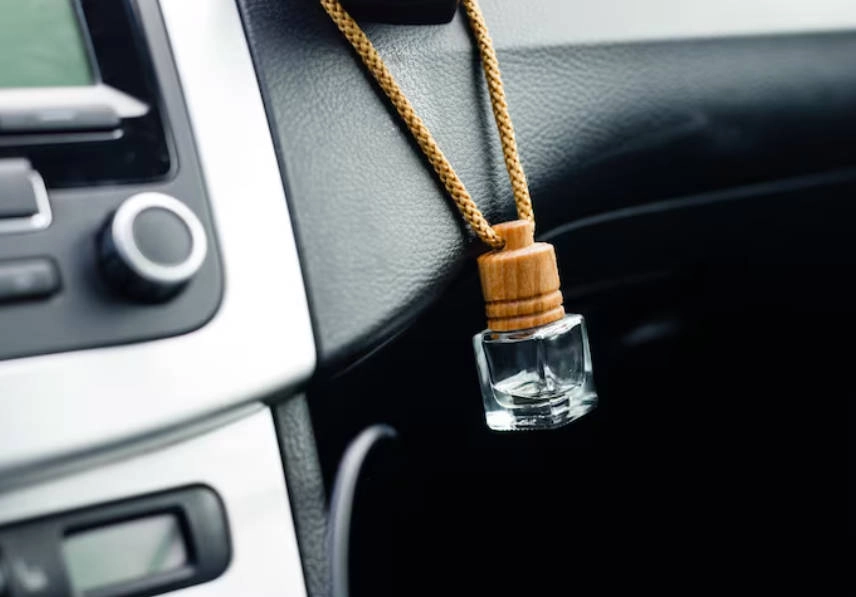In the constantly changing global cosmetic and skincare packaging sector, acrylic airless bottles have gained a strong spot as a top pick for holding beauty products. These bottles stop air from getting in. They keep formulas strong and safe from oxidation and germs. Their clear, tough acrylic outer layer pairs with vacuum-sealed pumps. This makes them perfect for storing costly serums, creams, and lotions. Topone Packaging stands out as a trusted supplier in this field, specializing in high-precision acrylic airless systems.

As 2025 nears, the acrylic airless bottle market faces a key change. Luxury skincare brands drive more demand. Direct-to-consumer online sales grow too. This pushes the segment into fresh growth. New brands now focus on the “core” instead of wide marketing or trendy ideas. The core means products that fix real market issues and fit user needs. Premium packaging shows this shift. It protects products. It also boosts brand image. Topone Acrylic Bottle Manufacturer offers tailored solutions that meet these core demands.
Market Overview and Key Statistics
Future Market Insights (2024) reports the acrylic airless bottle market hit about USD 1.04 billion in 2024. It should reach around USD 1.5 billion by 2034. This shows steady, strong growth for the next ten years. Experts predict a compound annual growth rate (CAGR) of 3.8% to 5.2% during this time.
Growth from 2019 to 2023 was slower. The years after 2024 bring faster rise. Premium trends meet needs for safe shipping. These fuel the surge.
Steady growth comes from many sources. Consumers want useful, fancy packaging. Brands need tamper-proof options. Airless systems extend shelf life.

Market Segmentation
3.1 By Capacity
The market splits by size into:
- Up to 15 ml
- 15–30 ml
- 30–50 ml
- Above 50 ml
The 30–50 ml group leads. It takes about 35% of global demand. This fits common skincare routines. It suits daily items like moisturizers and serums. Users like the easy carry and daily fit. Brands choose it for good cost and value balance.
3.2 By Application
Uses vary but focus on:
- Skincare (around 40% share)
- Cosmetics
- Haircare
- Personal care
- Medical
Skincare grows fastest here. People buy more serums and creams with active parts. Acrylic airless bottles keep them effective.
3.3 By Region
- Asia-Pacific leads growth. China expects +5.3% CAGR. India hits +5.6%.
- North America stays steady. The U.S. drives it with +2.7% CAGR.
- Europe grows slowly but surely. Germany shows +2.4%.
New interest rises in Latin America and the Middle East. Local beauty markets adopt premium styles.

Growth Drivers
Key forces push this market:
- Consumers demand top-tier, air-free, leak-proof skincare packs.
- Active ingredients need guard from oxidation and germs.
- Shift to green, refillable packs matches eco goals.
- Online beauty sales boom. They need tough, attractive packs.
- Mid-level brands use “luxury-look” acrylic to rival high-end without big costs.
New packs skip heavy cost focus or copies. They chase green, custom, emotional, and smart traits. This matches user values for looks plus function.
Challenges and Market Constraints
Growth looks good, but issues remain:
- Acrylic and airless parts raise making costs.
- Acrylic recycles less than single-material options like HDPE or PETG.
- OEM makers deal with tough tools and custom limits.
- Rivals push from glass and green plastic advances.
The packaging field shows four traits: stronger green focus, bold design, emotional ties, and better efficiency. Players must keep innovating.
Competitive Landscape
Top global makers include ApstarGroup, HCAP Packaging, Albean, Lumison, Quadapack, and Salgan Dispensing. These are Tier 1 firms. They earn over USD 20 million yearly. Tier 2 and Tier 3 makers grow fast in Asia-Pacific. They offer scaled fits for local needs. Topone Packaging Supplier ranks among rising Tier 2 players in Asia-Pacific, known for rapid prototyping and cost-effective customization.
OEMs find chances in private-label packs. Some packaging company suggests “explore new packaging heights via consumer big data.” Data shapes custom solutions for brand teams.
Opportunities for OEMs and Exporters
OEMs can grab these paths:
- Demand rises for custom acrylic airless bottles. Options cover color fits, silk-screen prints, and anodized pump tops. Topone Packaging provides full customization services and operates production bases in China and Vietnam.
- Cheap making hubs in Asia-Pacific like China, Vietnam, and Indonesia.
- Emerging markets want budget luxury packs that copy Western premium looks.
- Key tip: mix luxury style with recycle trends. Align with ESG without losing appeal.
Green materials and full-chain carbon cuts matter to global buyers seeking lasting partners.
Future Outlook (2025–2034)
By 2034, the acrylic airless bottle market keeps its 3.8%–5.2% CAGR. Product range widens in sizes, shapes, pump tech, and materials.
Funds flow to refillable and mixed-material designs. OEMs test smart packs like usage trackers or germ-fighting coats. Topone Airless Bottle Manufacturer plans to launch recyclable hybrid airless bottles by Q2 2026.
Raw material and OEM advances move past customer orders and old expert views. They boost R&D spend. This shifts to active research plans.
OEMs who stress precise builds, quick sample rounds (“three days for sampling and seven days for production”), and flexible lines will lead long-term.

The acrylic airless bottle market climbs as 2025 starts. It eyes USD 1.5 billion by 2034. Big brands and new indie players show interest. This creates rich space for new ideas. Topone Packaging Manufacturer commits to quality, customization, and sustainability—positioning itself as a long-term partner for global brands.
For OEMs and exporters, three keys spell success: quality, custom fits, and green focus. Those who adopt these will meet demands. They will also push beauty packaging into a smart, stylish, eco-friendly future.
FAQ
Q: What makes an acrylic airless bottle different from a regular pump bottle?
A: An acrylic airless bottle uses a vacuum-sealed pump system. It blocks air from entering. This keeps skincare fresh by stopping oxidation and germs. Regular pump bottles let air in.
Q: Why is the acrylic airless bottle market growing in 2025?
A: It expands from demand for high-end, leak-proof skincare packs. E-commerce beauty brands rise. Users favor tough, elegant, green options.
Q: Are acrylic airless bottles recyclable or eco-friendly?
A: Standard ones recycle less. But makers now build refillable and mixed-material types for green goals. Eco-designs blend acrylic looks with recyclable plastics. They gain ground. Topone Packaging offers refillable models with PCR materials.
Q: How can OEMs benefit from the acrylic airless bottle trend?
A: OEMs can offer custom, low-cost packs for skincare and cosmetic brands. Chances include color matches, surface prints, and green design advances. Topone Skincare Bottle Supplier supports OEMs with fast sampling (3 days) and production (7 days).
References
Future Market Insights. (2024). Global Acrylic Airless Bottle Market Report 2024–2034.



